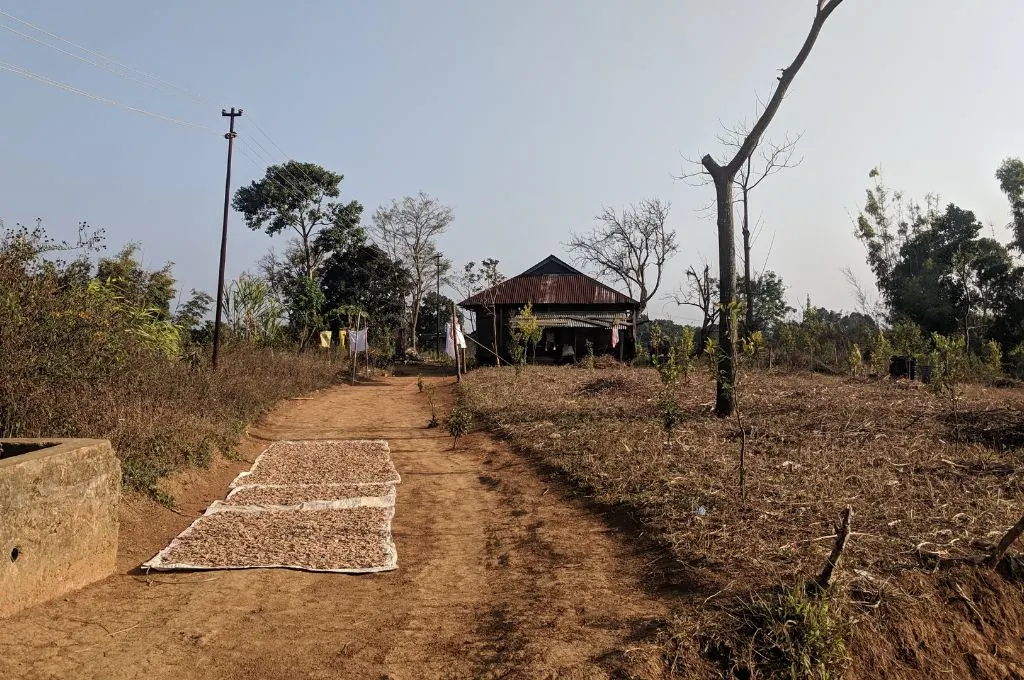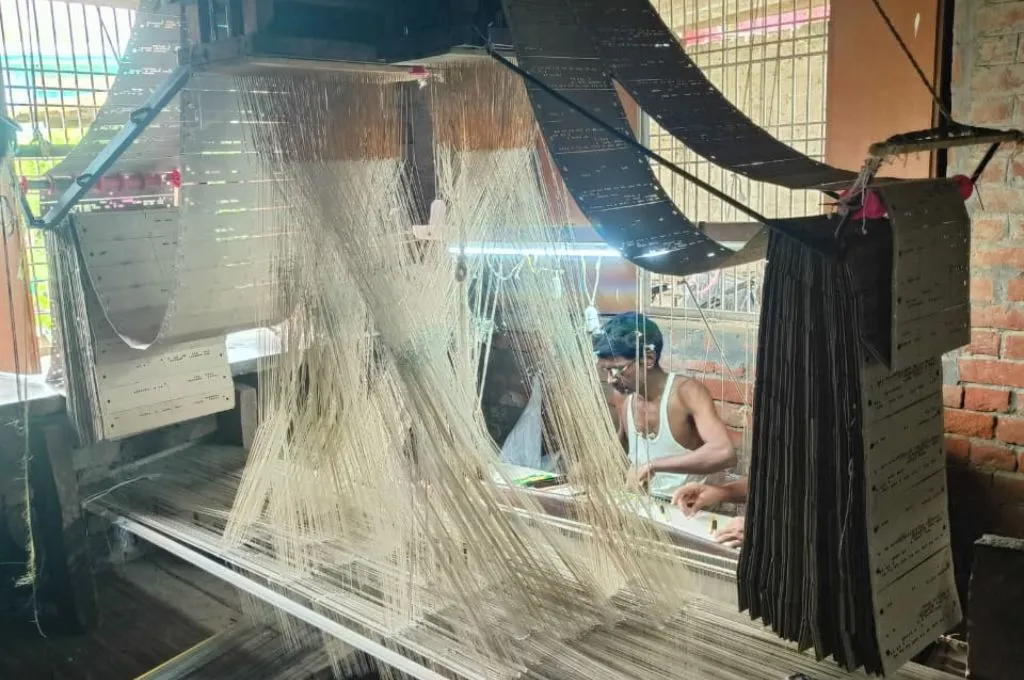READ THIS ARTICLE IN
Growing a forest to save a flower

I am a farmer and conservationist based in Titabor, a small town in Assam’s Jorhat district. I’ve always wanted to recreate a forest-like environment in a small piece of land by conserving kopou, our state flower—a rare variety of spring-blooming orchid that is also known as the foxtail orchid.
Since 2013, I have been cultivating kopou along with some other plants on 2 bighas of land in my backyard. Kopou typically grows and thrives in wild, moisture-rich, and humid conditions, so a forest-like environment ensures faster, healthier, and longer-lasting blooms. The flower holds deep cultural significance during the month of Bohaag Bihu—the Assamese new year celebrated in April—as it blooms specifically in spring. Since it coincides with the Bihu festivities, it is a cherished symbol of the new year.
During my childhood, I observed that kopou was available in abundance in forest areas. People could easily gather the plant and pluck the flowers for use during Bihu or for decoration. Afterwards, they’d discard the plants because there was no fear of it going extinct. However, over time, the numbers have declined. The plant that was once within easy reach now has to be gathered using tall sticks. Rapid urbanisation and deforestation mean that there’s no dense environment where the kopou thrives.

I was concerned that if kopou were to vanish, future generations would be able to see our state flower only in pictures, not in real life.
In my backyard, I’ve managed to create a small jungle, with betelnut trees growing alongside other small plants. The kopou is planted in rows. It blooms as an inflorescence—a hanging cylindrical cluster full of densely packed pink and lavender petals. During Bihu, female dancers often use these blooms to adorn their hair buns.
I’ve never really thought of what I do as a business. I do the work out of love for the environment and nature, having grown up as a farmer. However, as word about my conservation efforts has spread, some people have started buying kopou and other plants I grow, especially for decoration at large events during Bihu.
Financially, it is challenging to sustain these conservation efforts, especially given the impacts of climate change, which are making the region’s environment less suitable for delicate flora. After spring passes, I spend eight to nine months solely on maintaining the forest-like environment in my backyard, as this determines whether the orchids will bloom the following spring.
As told to Namrata Gohain.

—
Know more: Learn how a river-cleaning campaign in Mizoram used snakes to enhance community engagement.




